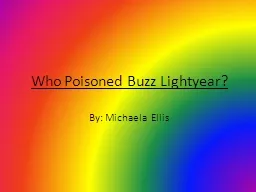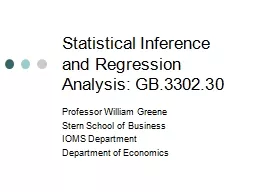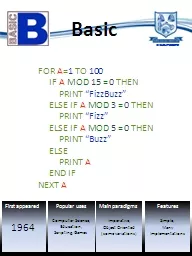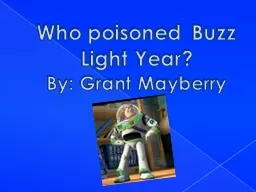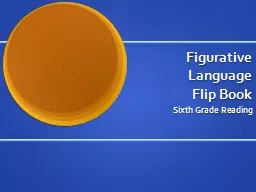PPT-Who Poisoned Buzz
Author : tawny-fly | Published Date : 2016-06-19
Lightyear By Michaela Ellis Introduction A couple of days ago we found out that Buzz Lightyear was poisoned But we dont know who it was It could have been anyone
Presentation Embed Code
Download Presentation
Download Presentation The PPT/PDF document "Who Poisoned Buzz" is the property of its rightful owner. Permission is granted to download and print the materials on this website for personal, non-commercial use only, and to display it on your personal computer provided you do not modify the materials and that you retain all copyright notices contained in the materials. By downloading content from our website, you accept the terms of this agreement.
Who Poisoned Buzz: Transcript
Download Rules Of Document
"Who Poisoned Buzz"The content belongs to its owner. You may download and print it for personal use, without modification, and keep all copyright notices. By downloading, you agree to these terms.
Related Documents

